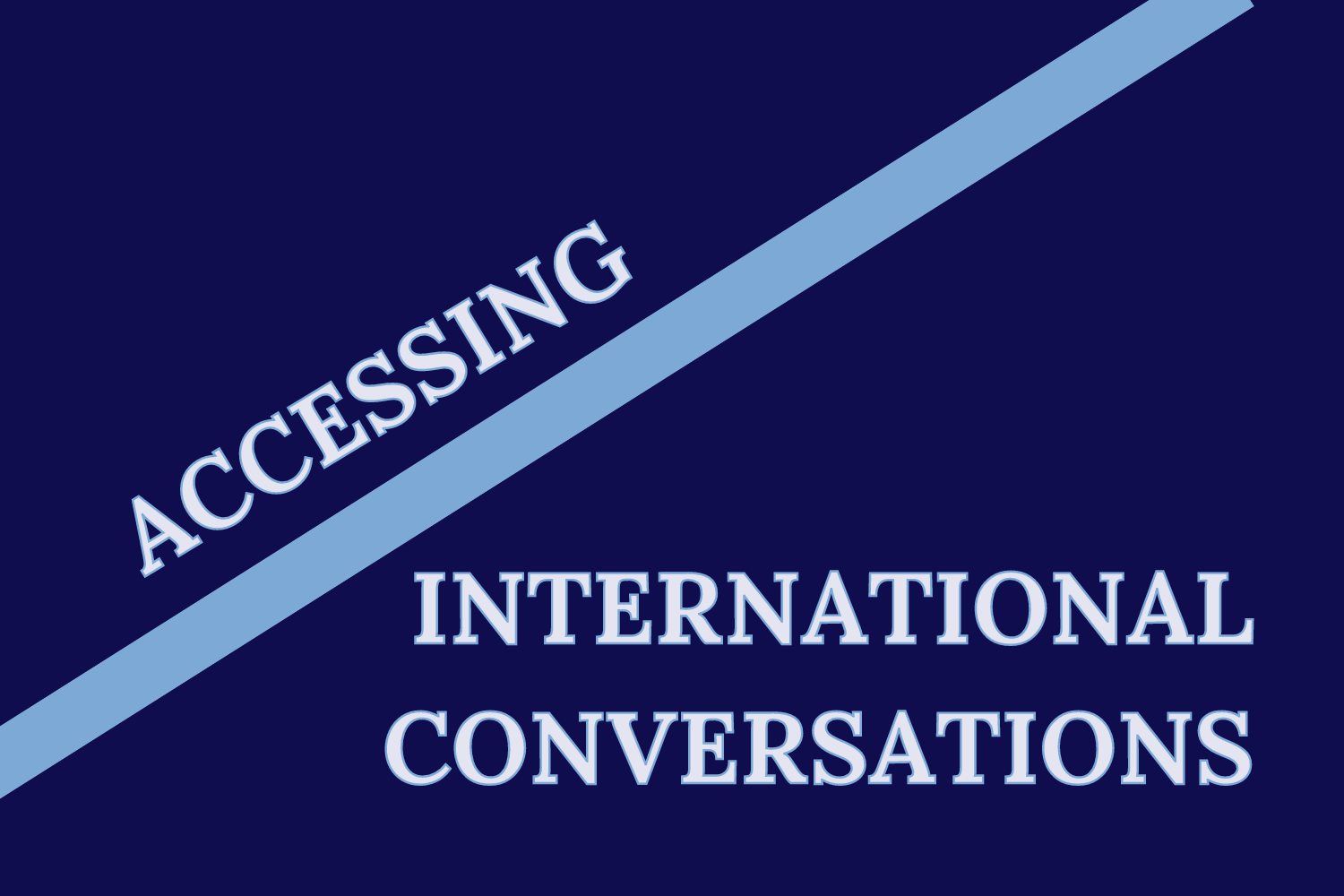I have now been participating in the international cooperation sector for two years. While the sector has been great with opportunities, amazing colleagues, and catering to my love of policy, it has also been met with many barriers due to inaccessibility.
Unless I am in a youth for youth space, feeling hope for improvements on the accessibility and disability inclusion in the sector is diminishing. As an advocate, I am starting to understand the burnout of pushing for change and seeing it almost go backwards.
For example, last year I attended THE conference for the SDGs and the sector and it was not accessible. The worst part was not the inconsideration of the request I put it, it is the reaction I got back when I brought up that this is a problem. I gave feedback to the organizer and hope that this year it will be better.
I do not know how, but it is worse this time around. Registration started for this conference and out of curiosity and hope, I decided to check it out. The registration process no longer has any information on how I could potentially request for accessibility accommodations. Now, if I want to attend, I have to find out who and how to contact because I cannot participate without captions and/or ASL interpreters. Inaccessibility and not taking in feedback I provided is not new for me. This happens in programming quite often as well. But it does make me question the sector as their goal is to be sustainable, equitable, and inclusive.
I do recognize that the sector has many priorities that makes designing inclusive experience a significant amount of work. With the SDGs to federal government funding and goals, it can be difficult to navigate to make everyone happy. For me, I have heard about what is being discussed and learned, I know that accessibility is being discussed. The issue is implementing it that does not put persons with disabilities as the sole person responsible for ensuring access to their events and programming. It happened at the United Nations Headquarters too. I explain the barriers in “Barriers to International Conversations: My Experience at CSW67 as an ICN Youth Delegate.”
I guess for now I will keep trying. Keep trying to inform people about the barriers. Keep trying to encourage people to set the expectation for accessibility and inclusion. Keep trying to provide the disability perspective into the space. Today I will be facilitating a workshop that is intended to provide a space to learn how accessibility can be part of the design process and what we need to rethink about accessibility. Hopefully it will give me back some hope but at least I can be proud of myself continuing to try.

